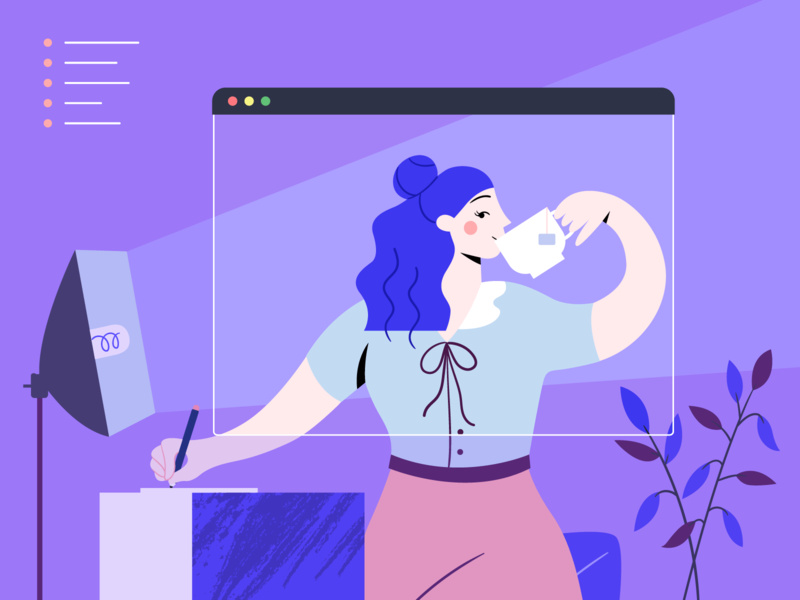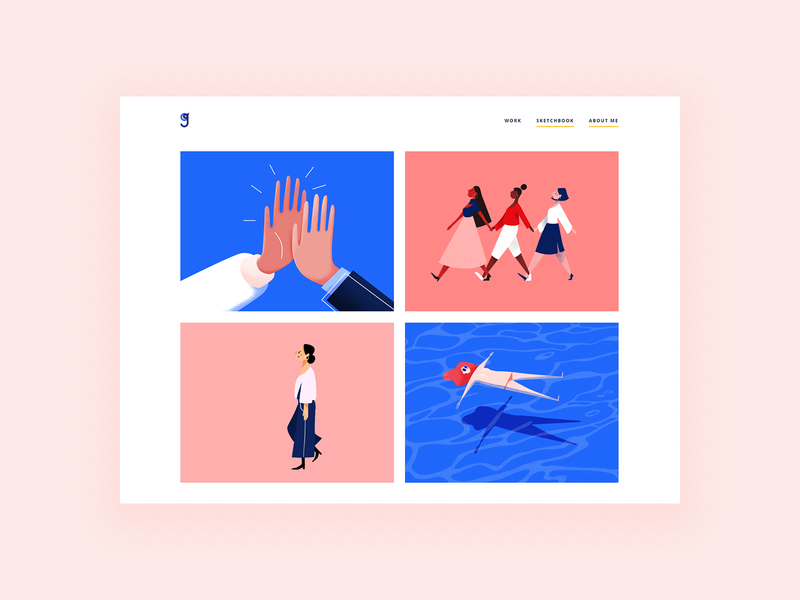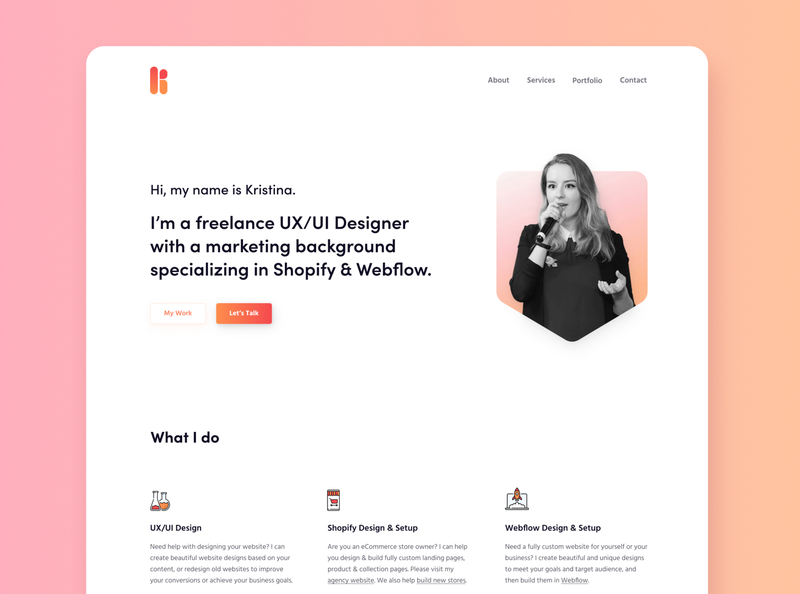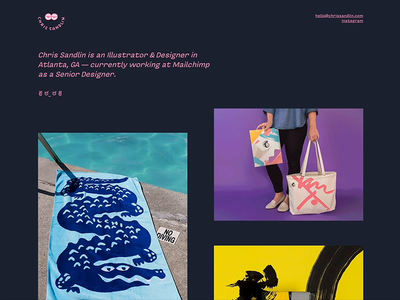In this sponsored post written by our friends at Domain.ME, learn the most overlooked design portfolio mistakes that discourage potential clients and employers from contacting you.
The power of a strong portfolio in the eyes of prospective clients and employers is too great to overlook. The portfolio showcases your work, your personal brand, and also serves as your own marketing tool. It highlights your expertise in a visually appealing way, and it catches the eye of your potential clients. But most importantly, your online portfolio gives you complete control over your brand, and it’s up to you to present yourself in the best light possible.
However, many creatives make the mistake of solely focusing on the design of the portfolio itself. Of course, design is an important element, but there are so many other factors that play into crafting a strong portfolio that attracts the right people.
Here’s a list of several common red flags that discourage potential clients or employers from contacting you.
Red Flag #1 — Projects are inconsistent
When it comes to your portfolio, a lot of advice you’ll hear will focus on how much work to include. However, many designers tend to overlook whether or not the projects they choose to display are consistent.
Being consistent means that the work you present adheres to a recognizable thread, demonstrating your focus and your field of expertise. Let’s say your specialty is branding—displaying your best work that shows off your exquisite branding skills should be priority. It wouldn’t, however, be wise to blend in some UX work, unless you’ve mastered this skill too. If you have more great skills, then group them and show these skills structurally.
Consistency throughout your design portfolio will attract the right clients and employers while building trust in your craft—because after all, you have several examples to prove it.
Red Flag #2 — No context for your work
Many designers make the mistake of simply mocking up their work, uploading it to their website, and calling it a day. This might work if you’re just trying to show your peers what you’re working on, but when it comes to attracting clients and employers, giving context to your work and explaining your process is a must.
Explaining the ‘why’ behind your design will give potential clients and employers a much bigger picture and a better understanding of your work. What sparked the idea? Why did you choose that specific color palette? How did your work fulfill the client’s needs, and what did they achieve with your help?
Put yourself in the shoes of your clients, and use text alongside your visual solutions to demonstrate why you’re the right one for the job! It’s much easier for your visitors to understand your work when they have some context and the story behind it all.
Red Flag #3 — Lack of personal branding
Creating a strong personal brand as a designer is imperative should you want to succeed in this competitive industry. Your personal brand is your best spokesperson, advertisement, and eventually your ticket to nailing that job! So how can you ensure that your personal brand shines through your design portfolio?
Begin with making sure the brand image you’ve built is consistent with your target market. Think of your core values and what makes your work authentic as opposed to your competitors. Your goal needs to be clear, and shouldn’t be something that’s poorly defined. When setting the goal, keep in mind your target audience—who do you want to attract?
A common pitfall here is to lose the sight of your authenticity, so beware of that. Everything from your domain name to your copywriting, website design, and the way you present your work should be in line with your core values and the goals you’ve set.
Here’s some great advice on how to let your personal brand stand out!
Red Flag #4 — Your process is missing
While this might not apply directly to clients, showing progress is very important to employers. If you want to get noticed, show your process. Why? Because employers want to see where you failed and how you arrived at that particular solution. Showing your process is essential for employers to understand your thought process, design thinking, and how you develop those awesome ideas into the final product—presentation and all.
When it comes to prospective clients, seeing how you’ve presented and described your process can also build more confidence and trust in you as a professional designer.
Red Flag #5 — The PDF portfolio
Having an online portfolio allows you to find work even when you’re not actively looking. With a PDF portfolio on the other hand, you’re somewhat limited to new and unexpected opportunities. But most importantly, the people that you want to impress can’t experience the full effect of your work in the same way as an online portfolio. There are no animations, UX solutions, special effects, etc.
In the era of digital advancement, opting for a PDF portfolio risks coming across unprofessional, especially since your job is to create digital solutions. After all, we all know the excuse of ‘not knowing how to build a website’ is no longer valid. Sorry!
The foundation of your portfolio: A personal website
Here’s the deal—an online portfolio is always a more professional choice. With a web portfolio, you’ll not only show the amount of time and dedication you’ve put into your work and presentation, but it will also show the level of skill you have mastered. In a nutshell, it’ll give your visitors a sense of what you can create—and not only from the mockups you present but also from the live version of your website. Remember to incorporate your personal brand, guide your audience through the work you selected to show, and don’t underestimate the power of an online portfolio! ■
About the author: Natasa Djukanovic is the CMO of Domain.ME, the international tech company that operates the internet domain “.ME.” She has spent her entire career at the intersection of social media, leadership, and technology, and is constantly trying to figure out the secret to being in three different places at the same time.
RELATED READING
- How to boost your online presence as a designer in 3 simple steps
- 4 personal website ideas for designers and why they work
- How to make your personal brand stand out online
Find more Process stories on our blog Courtside. Have a suggestion? Contact stories@dribbble.com.

















